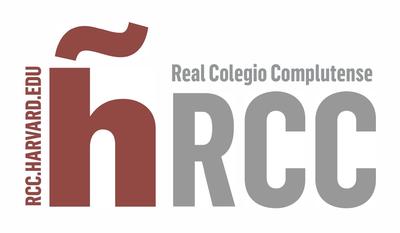Date:
Location:
A New Figure by the Master of the Damped Folds Discovered in the Cathedral of Santiago and the Exhibition The Power of the Past: 150 Years of Archaeology in Spain (Museo Arqueológico Nacional, 11 October 2017- 1 April 2018)
On October 5, 2016, stonemasons working in a small chamber at the base of the south tower on the west façade of the cathedral of Santiago unearthed a monumental column statue, whose iconographic identification as the Prophet Zechariah, originally belonging to the dismantled exterior façade of Master Mateo’s famous Portal of Glory, was presented  at the RCC for the first time in the lecture “Fragmentation and the Limits of Iconography”, in anticipation of its publication in the forthcoming book The Portal of Glory: Architecture, Matter, and Vision (Fundación Barrié/Andrew W. Mellon Foundation) which contains the first complete reconstruction of the façade of the Portal of Glory with the restitution of all its dispersed masterpieces to their original locations.
at the RCC for the first time in the lecture “Fragmentation and the Limits of Iconography”, in anticipation of its publication in the forthcoming book The Portal of Glory: Architecture, Matter, and Vision (Fundación Barrié/Andrew W. Mellon Foundation) which contains the first complete reconstruction of the façade of the Portal of Glory with the restitution of all its dispersed masterpieces to their original locations.
On November 6, 2016, a month after this first discovery, as workers were tearing down a wall made of irregular rubble, which was blocking entrance to the same chamber, they discovered another mutilated sculpture that had been reused as construction material. On stylistic grounds, this smaller figure can be assigned to the workshop of the Master of the Damped Folds (ca. 1170), so called because of his use of the classical motif of drapery that attaches to the skin to reveal the interior anatomy of the figures and animate them with vibrant light surface effects. In this lecture, I advance a hypothesis for the identification of this sculpture as the angel Gabriel, which once formed part of a group of the Annunciation alongside a figure of the Virgin by the same workshop also preserved in the cathedral of Santiago.
Now coming to life from the abyss of its own material disappearance, this magnificent work of art demonstrates that the past is indeed “alive” and it is essential for the construction of our modern collective memory. Visitors to Madrid will have the chance to see it as part of the exhibition commemorating the 150 years of the establishment of the National Archaeological Museum “The Power of the Past”, which will open on October 11, 2017.
Speaker: Francisco Prado-Vilar, Visiting Scholar at the Department of Romance Languages & Literatures
Sponsor: RCC
Website: AccionCultural
